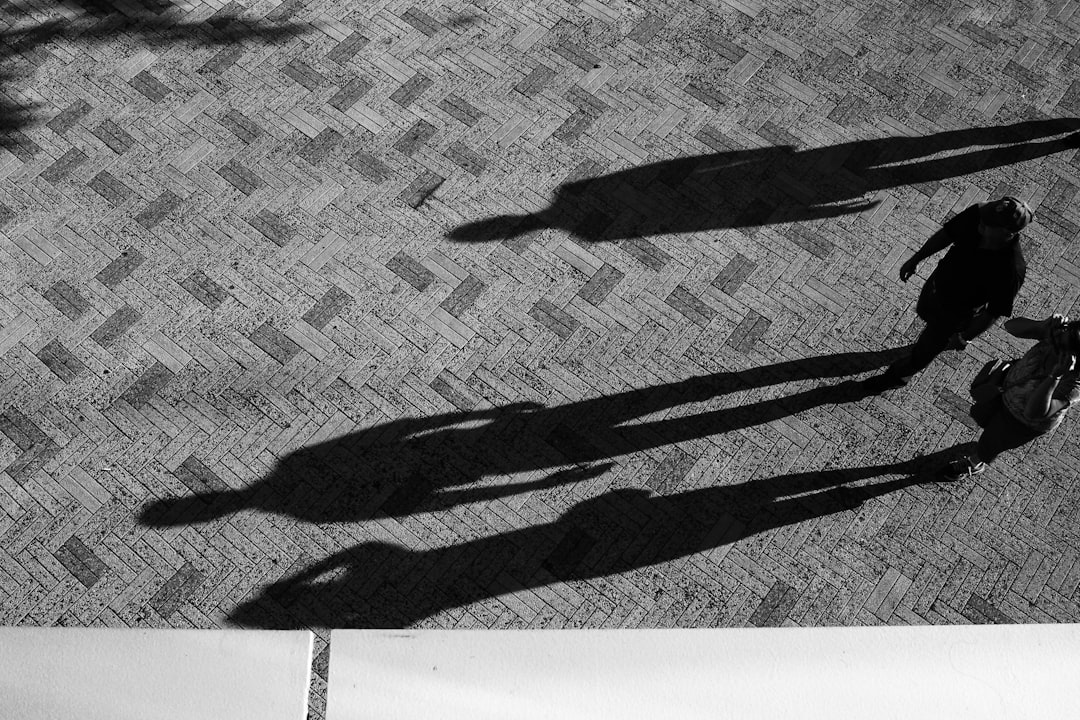I am quite curious about why supernatural stories scare us. One route of investigation took me to the concept of the uncanny, famously written about by Freud in 1919. What I found, upon reading the works listed below, cast illumination on the creepy underpinnings of my favorite scary story and movie moments.
Feelings of the uncanny emerge when something long comfortable and familiar to us becomes alien and we lose certainty in our perception of reality, filling us with dread, horror, and fear. The familiar is strange, and the strange is familiar.
This does not apply to every case of cognitive dissonance we experience and mostly involves uncertainties that invoke dreams or the supernatural. The uncanny is a liminal space, an unclear margin between reality and our imaginations where safety falls away, and we don’t know what to trust. Here actual harm may befall us, and we are trapped in suspense.
The following examples of situations that conjure feelings of the uncanny are suggested by Freud, though some of the illustrative cases presented are more contemporary, and will be quite familiar to you.
The Inability to Tell if Something is Alive or Dead

- Wax statues
- Dolls
- Corpses
- Automatons
- Scarecrows
Encountering Doubles

- Reflections
- Twins
- Doppelgangers
- Fetches
- Shadows
Involuntary Repetition

- Getting lost, only to keep passing the same landmark
- Repeatedly only catching the same episode of a TV rerun
- Encountering the same number multiple times in a day: Your hotel room number, flight number, and spare change count are all the same and exactly enumerate the number of deaths when the plane you just missed crashes
- A glitch in the Matrix
References
- Freud, S., McLintock, D., & Haughton, H. (2003). The uncanny. New York: Penguin Books.
- Jentsch, E. (1995). On the psychology of the uncanny (1906). Angelaki, 2(1), 7.
- Windsor, M. (2019). What is the uncanny? The British Journal of Aesthetics, 59(1), 51-65. doi:10.1093/aesthj/ayy028

